Persian Cat
Persian cats are one of the oldest and most popular cat breeds in the world, loved for their luxurious long coats, calm personalities, and royal charm. Known as gentle companions, they thrive in peaceful homes where they can relax and enjoy affection from their family. With their round faces, expressive eyes, and fluffy appearance, Persians are often called the Though they may appear delicate, Persian cats are strong in character—preferring quiet environments over noisy or chaotic surroundings. They are affectionate, enjoy being pampered, and make excellent indoor pets. However, they do require regular grooming to maintain their thick, silky coats. With their loving nature and graceful presence, Persian cats bring elegance and warmth to any home.

Male
Ideal height: 30 - 35cm Ideal weight: 5 - 7kg

Female
Ideal height: 30 - 35cm Ideal weight: 4 - 6kg
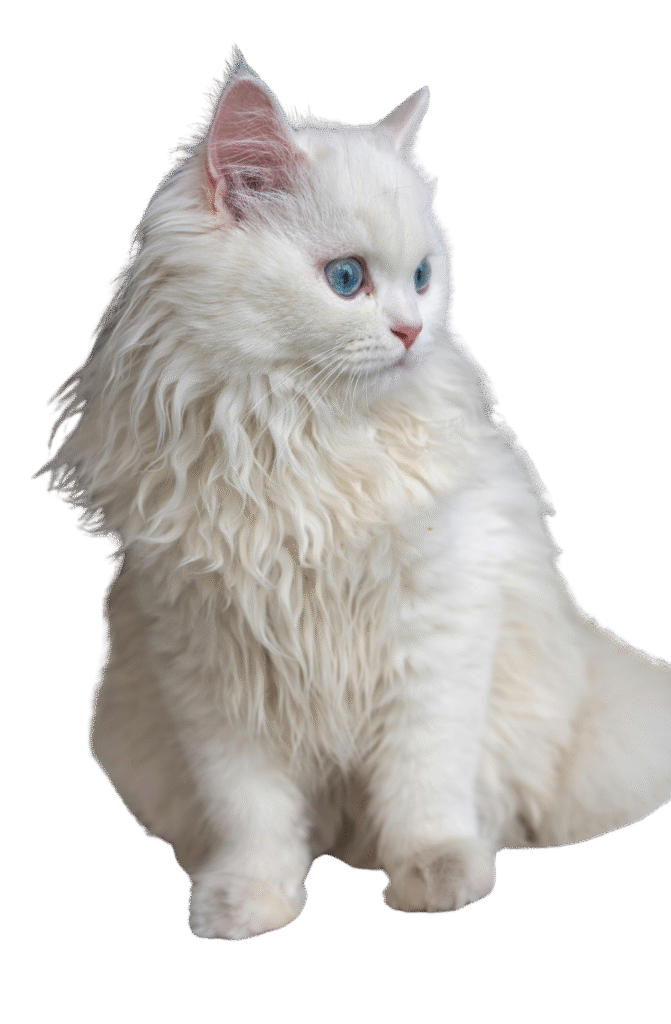
Size
Medium
Life Span
Coat
Color
Medium
Traits & Characteristics
40%
60%
20%
60%
60%

Heat Tolerance
upto 27° C

Cold Tolerance
Upto -6° C

Best Diet for Persian Cat


Carbohydrates
30 – 50%
Protein
20 – 30%
Fats
8 – 16%
Essentials, Vitamins & Minerals
6 – 8%
Fiber
2 – 4%
Total Kcal
1,000 – 1,500
Must have meal for a Persian Cat
Persian cats need a carefully balanced diet to support their long, silky coats and overall well-being. Their meals should include high-quality protein, moderate fats, essential vitamins, and minerals to maintain their immune health and muscle strength. Since Persians are prone to obesity and digestive sensitivity, their food should be portion-controlled and easy to digest.
A mix of premium dry kibble and wet food works best, with added omega-3 and omega-6 fatty acids to keep their coat shiny and skin healthy. Taurine, an essential amino acid, is also important for their heart and vision. Feeding them two small meals a day, about 12 hours apart, helps prevent overeating and keeps their energy balanced. Fresh, clean water should always be available, as hydration supports both digestion and coat quality.
🐾 Try Our Persian Cat Fresh Food!
Wholesome, freshly cooked meals crafted for your Persian Cat’s health and happiness.

Book a Dog Diet Consultation
Get personalized diet advice for your Persian Cat for Absolutely FREE

Persian Cat Diet
Feeding Persians the right diet ensures they stay healthy, active, and maintain their signature luxurious coat. As obligate carnivores, their meals should be rich in protein and balanced with vitamins and minerals. Their long, thick coats especially benefit from omega-3s and omega-6s.
✔️ Fresh meals are easier to digest and prevent stomach upsets.
✔️ Controlled portions prevent obesity, which Persians are prone to.
✔️ A balanced diet supports immunity, shiny coats, and strong bones.
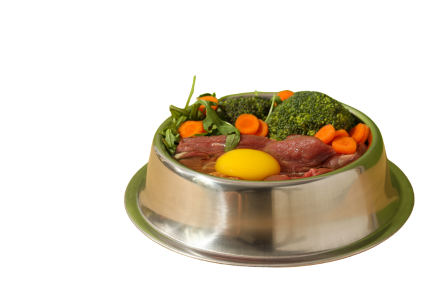
Protein Based Diet
Persians thrive on protein-dense diets from chicken, fish, turkey, and eggs. Taurine is essential for their heart and eye health. Fiber-rich veggies (pumpkin, spinach, carrots) can be added in small portions to aid digestion.
- Add omega-3 fatty acids from fish oil or flaxseed for coat shine and joint health.
- Hydration is crucial – wet food or fresh broth prevents urinary issues.
- Occasional treats like cottage cheese or boiled egg can provide extra nutrients.
WEIGHT, STRENGTH AND GUT CONSIDERATE DIET
Persians are prone to obesity and digestive sensitivity, so their diet must be carefully balanced. To support their health:
- Offer lean proteins (chicken, turkey, fish) for muscle strength.
- Include fiber-rich veggies like pumpkin and carrots for digestion.
- Use probiotics (tiny amounts from curd or supplements) to support gut health.
- Add omega-3 and omega-6 fatty acids for coat shine and reduced skin issues.
- Avoid overfeeding to prevent weight gain.
Consider Their Age
Just like humans, Persian cats need diets suited to their life stage:
🐾 Kittens (2–12 months): Require protein-rich, calorie-dense meals to support growth, immunity, and coat health. Include chicken, fish, and kitten-specific wet food.
🐾 Adults (1–7 years): Need a balanced diet of protein, controlled fats, and nutrients to maintain muscle strength and coat shine without excess weight gain.
🐾 Seniors (8+ years): Require easily digestible meals with joint-supporting nutrients (like glucosamine), lower calories to prevent obesity, and omega fatty acids for skin and coat care.

Apple
Provide fiber and vitamins; ensure seeds and core are removed.

Carrot
Crunchy and rich in vitamins; supports dental health and is low in calories.

Green Beans
Low in calories and high in fiber, aiding digestion and keeping them full.

Sweet Potato
Nutrient-dense with fiber, helping digestion and providing essential vitamins.
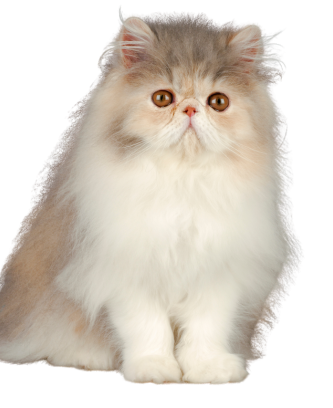
🐾 Training Needs for Persian Cat
Persian cats are known for their calm, affectionate nature, making them easier to manage compared to more energetic breeds. They aren’t highly motivated by play alone but respond well to gentle encouragement, praise, and treats. Training sessions should be short, patient, and consistent.
✔️ Introduce regular grooming early – brushing, cleaning eyes, and bathing.
✔️ Encourage use of scratching posts to protect furniture.
✔️ Teach basic commands like “come” using treats and positive reinforcement.
✔️ Provide interactive toys (wand toys, feather teasers) to keep them mentally active.
With patience and routine, Persian cats adapt well, becoming loyal, well-behaved companions.

Kitten Stage (2-6 months)
Persian kittens are playful and affectionate but also a bit shy at first. This is the best stage to help them adjust to grooming routines, as their long coats require early care. Focus on litter box training, gentle brushing sessions, and positive reinforcement for good behavior. Encourage play with soft toys and introduce scratching posts early to prevent furniture damage.
Suggested Package: 8 Sessions

Adolescent Stage (6-18 months)
During this stage, Persians become more independent but still need consistent guidance. Channel their curiosity into structured play and routine grooming. Introduce regular brushing, nail trimming, and gentle bathing habits to avoid matting. They enjoy calm play sessions like feather wands and puzzle toys rather than high-energy activities. This stage is ideal for building trust and deepening the bond.
Suggested Package: 12 Sessions

Adult Stage (1.5 years +)
Adult Persians are calm, gentle, and enjoy a relaxed lifestyle. They thrive in quiet environments with regular affection and light play. Maintain a routine of grooming to keep their coats healthy, and introduce puzzle feeders for mental stimulation. Monitor their weight closely, as they are prone to obesity if not exercised moderately.
Suggested Package: 16 Sessions
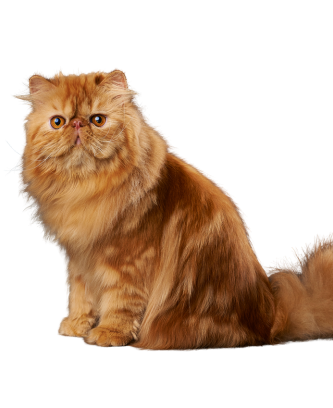
Cat Training: Expert Guidance at Home
Turn your Kitten into a well-mannered pro—where training meets success

Vet Visits

Kitten (0-1 Year):

First visit - Initial vaccinations, deworming, and health check Second visit - Booster shots, flea/tick prevention, and neutering. Third visit - Continue vaccinations, dental check, and growth assessment.

First visit - 8-10 weeks Second visit - 12-16 weeks Third visit - 6-12 months
Young Adult (1-3 Years):

Routine health check, vaccinations, dental examination, and preventive care

Annual check-ups.
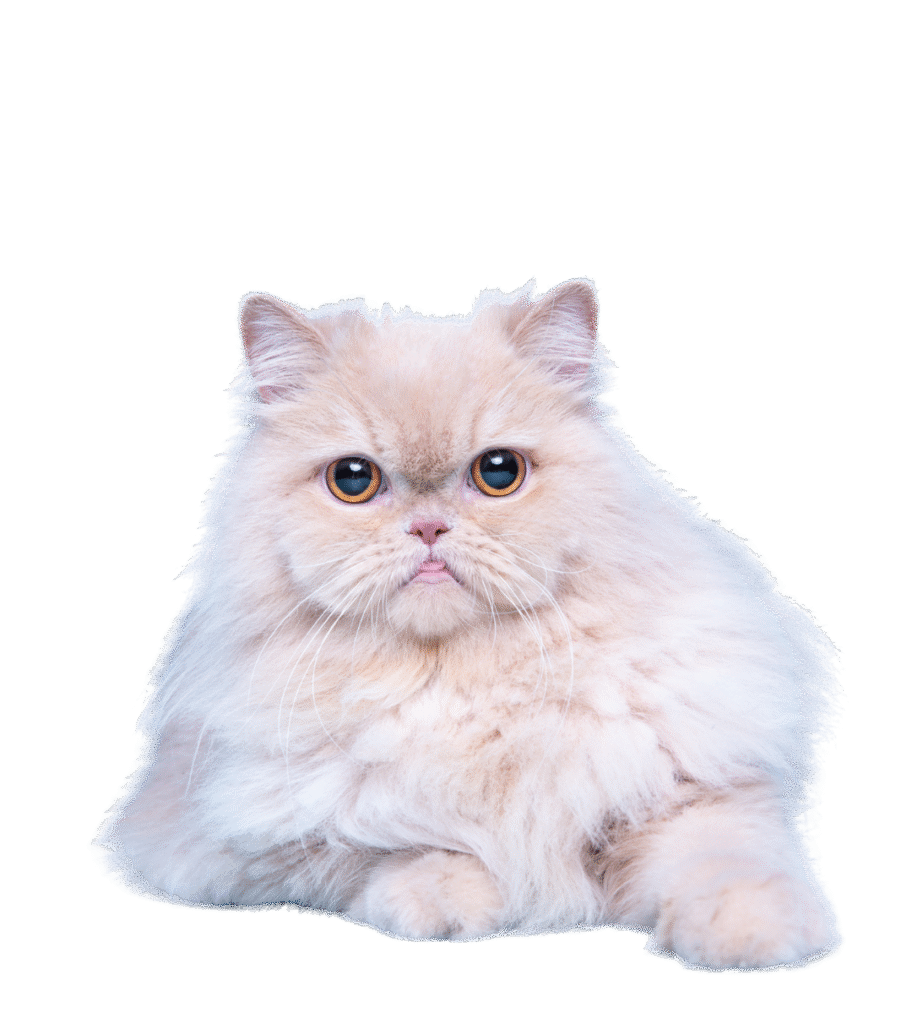
Adult (4-7 years):

Comprehensive health check, vaccinations, dental cleaning if needed, and monitoring for early signs of age-related issues

Annually
Senior years (10+ Years):

Blood work, vaccinations, dental care, and check forarthritis or kidney disease.

Biannually
Vaccination Schedule

First
6-8 week
Second
10-12 week
Third
14-16 week
Regular
Yearly once
Grooming
Persian cats need daily brushing to prevent matting and reduce shedding. Bathe them every 4-6 weeks, clean their eyes regularly to prevent staining, and trim nails every few weeks to maintain overall hygiene.
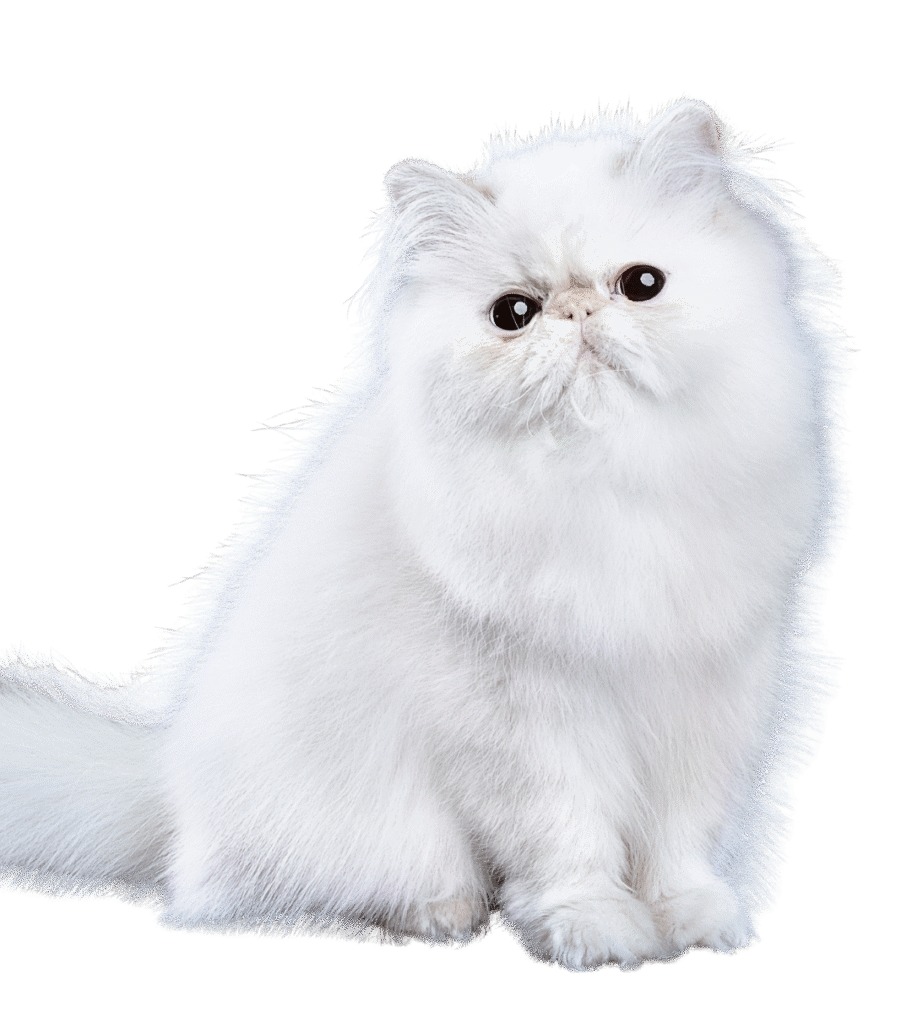
Brush & Bath guide
Persian cats need daily brushing to prevent tangles and matting due to their long fur. Bathing every 4-6 weeks helps keep their coat clean and reduces oil buildup, ensuring their fur stays healthy and shiny.

Ear Cleaning
Persian cats should have their ears cleaned every 1-2 weeks to prevent wax buildup and reduce the risk of infections. Use a vet-recommended ear cleaner and gently wipe the outer ear with a cotton ball, avoiding deep insertion to protect the ear canal.
Nail clipping & Paw care
Persian cats’ nails should be clipped every 2-4 weeks to prevent overgrowth and discomfort. Regular paw care includes checking for debris or irritation between the toes and keeping the paws clean to avoid infections or matting of fur around the paw pads.
Period Care
When a female cat is in heat (estrus), she will become very vocal, affectionate, and restless. This cycle can repeat every few weeks. Rather than managing the behavior, the most recommended, healthiest, and most responsible course of action is to have your cat spayed. Spaying prevents unwanted litters of kittens and protects her from future health problems.
Dental Care
Dental health is vital for your cat’s overall well-being. Ideally, brush their teeth 2-3 times a week with a vet-approved feline toothpaste to prevent plaque and tartar buildup. Providing dental treats and scheduling annual vet check-ups will help maintain their oral hygiene.
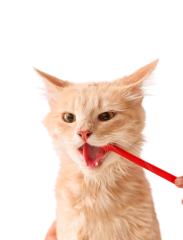
Give Your Persian Cat a Spa Day at Home!
⭐ Regular grooming not only helps manage shedding and prevent hairballs but also strengthens your bond and keeps your cat’s coat sleek and comfortable year-round.
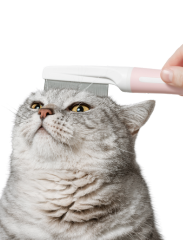

Health Conditions for Persian Cat

Respiratory Infections
Infections caused by viruses or bacteria, affecting the upper respiratory tract.
Symptoms:
Sneezing, nasal discharge, coughing, and eye infections.
How to avoid:
Keep vaccinations up-to-date, maintain good hygiene, and avoid exposure to sick animals.
Polycystic Kidney Disease (PKD)
A genetic condition where fluid-filled cysts form in the kidneys, impairing their function.
Symptoms:
Increased thirst and urination, vomiting, weight loss, and lethargy.
How to avoid:
Regular vet check-ups and early detection. Genetic testing before breeding can help manage the risk.
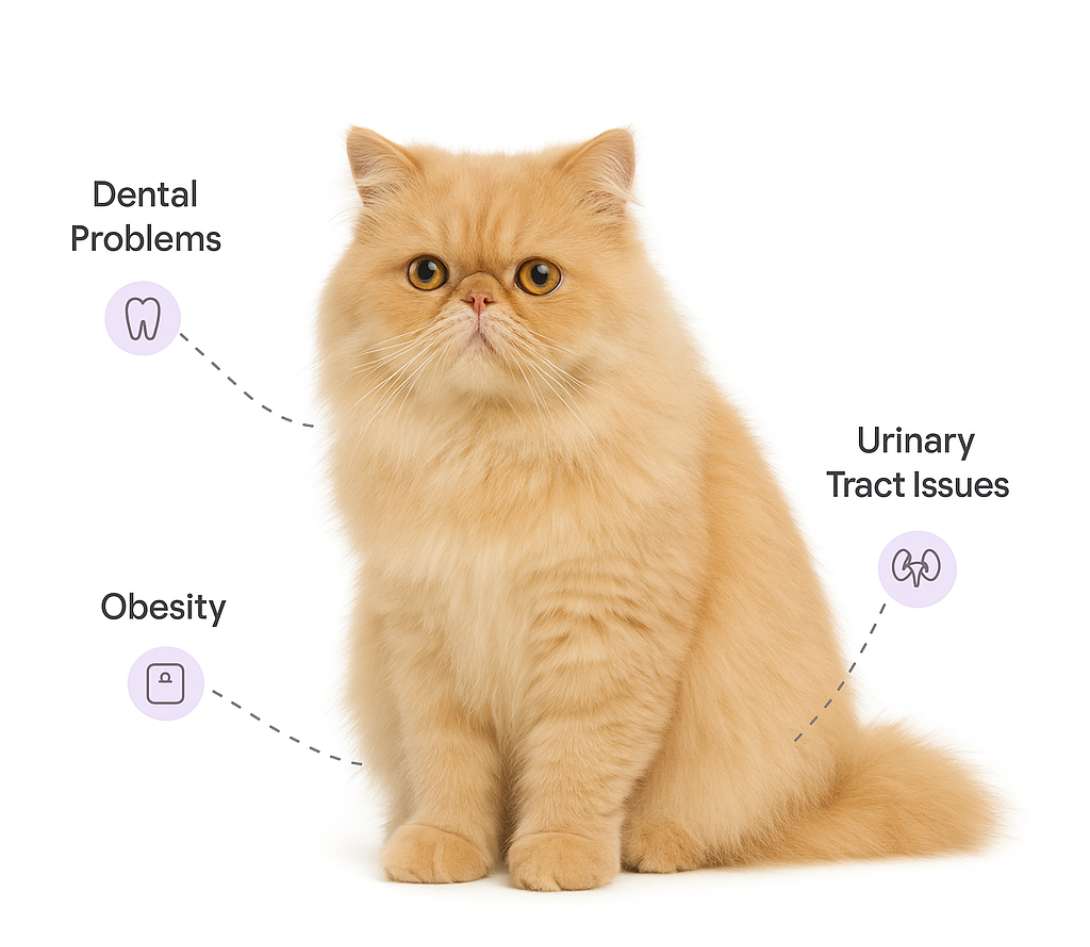
Dental Disease
Includes gingivitis and periodontitis, often caused by plaque buildup leading to inflammation and tooth loss.
Symptoms:
Bad breath, red or swollen gums, difficulty eating, and tooth loss
How to avoid:
Daily brushing, regular dental check-ups, and professional cleanings.
Feline Lower Urinary Tract Disease (FLUTD)
A group of conditions affecting the bladder and urethra, including urinary tract infections and crystals.
Symptoms:
Frequent urination, straining to urinate, blood in urine, and possible urinary blockages.
How to avoid:
Providing a balanced diet, ensuring ample water intake, and maintaining a clean litter box.
Frequently Asked Questions
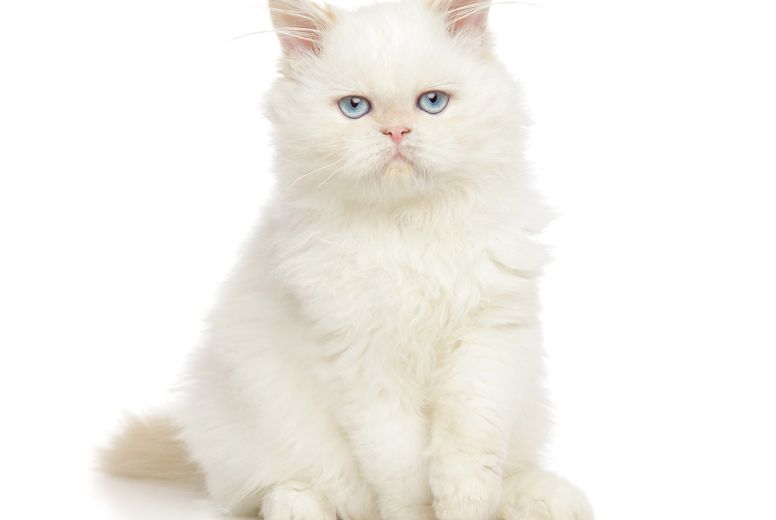
Yes, Persian cats are known for their calm and affectionate nature. They enjoy quiet companionship and bond deeply with their families.
Absolutely. Their long coats need daily brushing to avoid tangles and matting. Regular eye cleaning and occasional baths are also recommended.
Yes, they are gentle and patient, making them suitable for families. However, they prefer calm environments, so children should be taught to handle them gently.
Persians may face breathing difficulties due to their flat faces, as well as eye discharge, dental issues, and obesity. Regular vet visits and proper care help prevent complications.
With good care, Persian cats typically live 12–16 years, staying happy and healthy with proper diet, grooming, and regular check-ups.
Health Benefits: It prevents certain types of cancers and eliminates the risk of uterine infections.
Behavioral Benefits: It can reduce unwanted behaviors like spraying/marking territory, howling when in heat, and the urge to roam and fight.
Community Impact: It is the single most effective way to prevent unwanted litters, helping to control the stray animal population. It is a core part of responsible pet ownership.


















